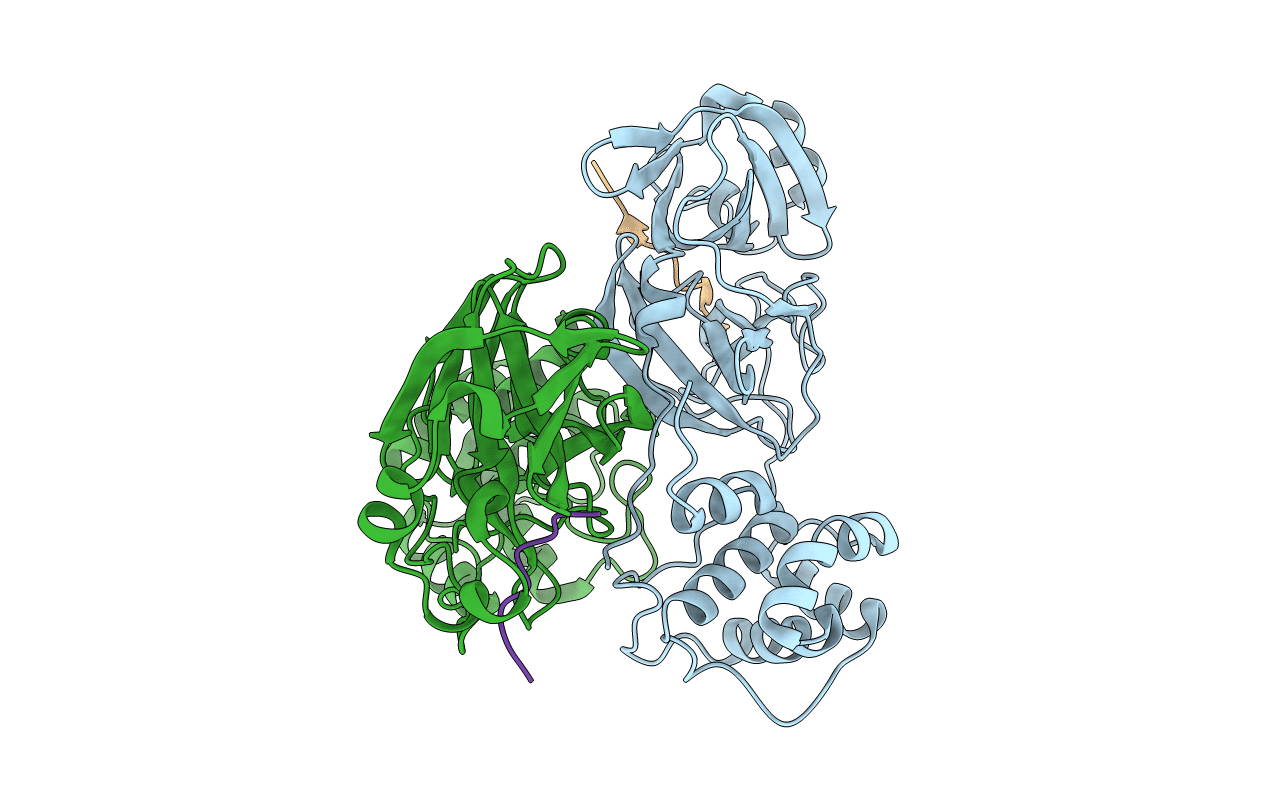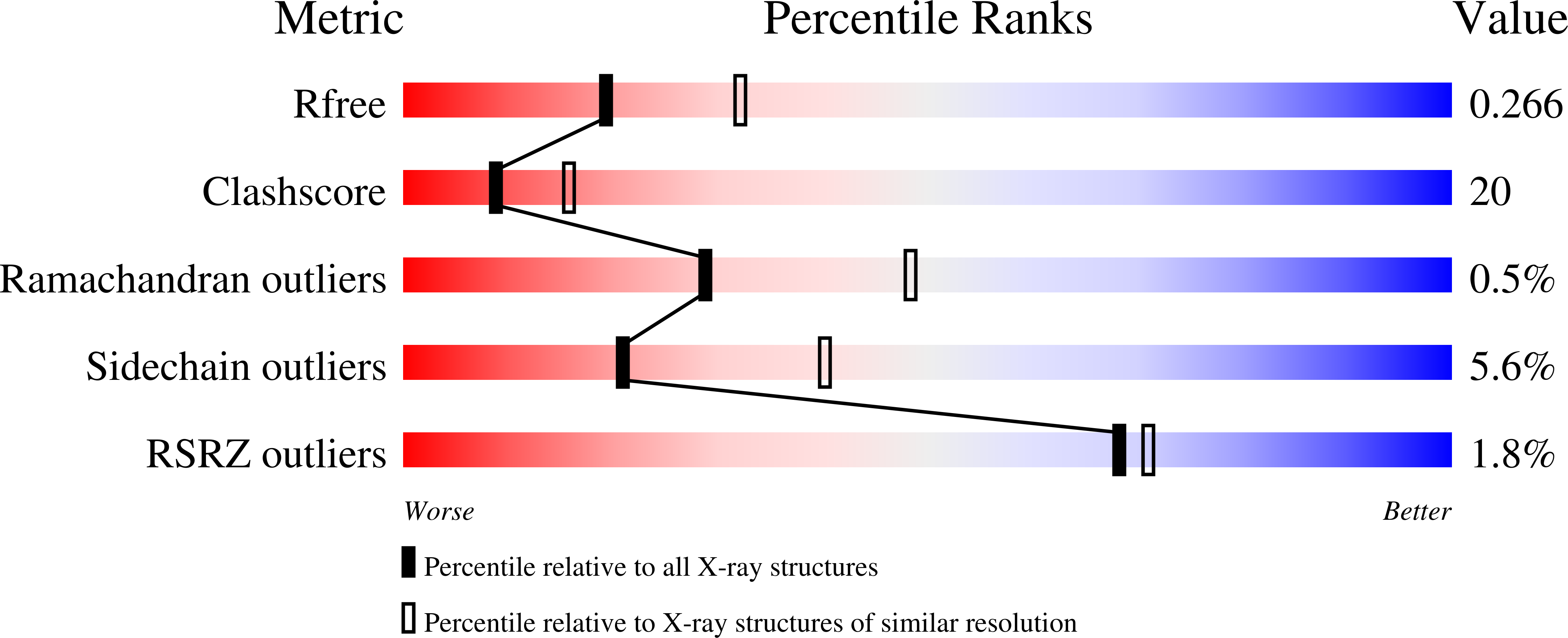
Deposition Date
2007-06-05
Release Date
2008-02-12
Last Version Date
2023-08-30
Entry Detail
PDB ID:
2Q6G
Keywords:
Title:
Crystal structure of SARS-CoV main protease H41A mutant in complex with an N-terminal substrate
Biological Source:
Source Organism:
SARS coronavirus (Taxon ID: 228407)
Host Organism:
Method Details:
Experimental Method:
Resolution:
2.50 Å
R-Value Free:
0.26
R-Value Work:
0.19
Space Group:
P 1 21 1


